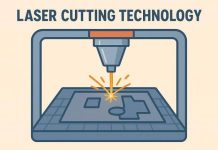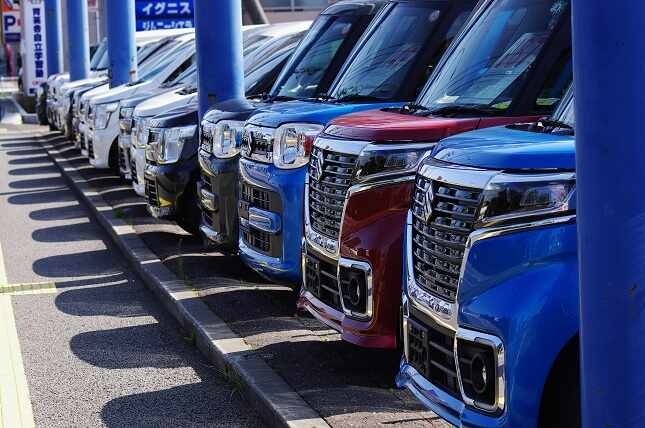The auto industry often comes under fire for its impact on the planet. Most people picture exhaust pipes and endless traffic jams, but the truth is, emissions start piling up much earlier—long before a car hits the road. Think about the way vehicles are bought and sold.
For years, auctions meant massive parking lots, endless paperwork, and fleets of trucks moving cars around just to line them up for bids. Dealers and buyers drove miles to attend in person, adding even more fuel to the fire. It was wasteful, but also considered normal.
Now, however, things are shifting. Digital auctions are quietly changing how vehicles are traded, cutting emissions in ways the industry once ignored.
The Traditional Auction Model
It’s easy to imagine the scene. A sprawling lot filled with rows of cars, engines cooling after long journeys. Transporters still rumbling in, dealers standing in line with clipboards, buyers circling like hawks. It felt busy, almost theatrical—but the environmental costs were hidden behind the noise.
Every car had been moved, sometimes hundreds of miles, just to sit on that lot. If it wasn’t sold, it often had to be moved again. On top of that, every building and venue ran on heavy energy use: bright lights, air conditioning, and heating in the winter. Multiply that across dozens of events, and the numbers become staggering. The traditional model had its place in the past, but in today’s world, the waste is impossible to ignore.
The Digital Shift That Changed Everything
Here came technology. What used to require a road trip now just takes a login. Sellers can upload inspections and high-quality reports; buyers scroll, compare, and bid without leaving their desks. Cars stay where they are until the deal is done. No trucks, travel, or unnecessary fuel burned.
What’s powerful here isn’t just the convenience—it’s the removal of wasteful steps that once felt unavoidable. Digital platforms are connecting people more efficiently while at the same time helping the auto trade shrink its footprint.
How Digitization Cuts Emissions
● Reduced Transportation Needs
As mentioned above, in the old setup, cars were often moved long distances before they were sold. That is no longer the case with a modern car auction system. Sellers can show off their cars with clear photos and detailed digital reports. Buyers can then read the information online and make confident choices without being there. Cars are only moved when the owner changes. This change cuts out thousands of unnecessary trips every year, which saves fuel, lowers costs, and lowers emissions in a way that works and is useful.
● Lower Energy Consumption
Those massive auction houses weren’t just parking lots—they were energy machines. Heating in winter, cooling in summer, and lights blazing all day. Online auctions don’t need that. By shifting the process online, the industry immediately trims down its energy demand, leaving a lighter footprint.
● Easier and cleaner logistics
Cars go straight from the seller to the buyer instead of bouncing around. That smooth flow saves time, uses less fuel, and makes logistics leaner. It’s better for everyone involved because it’s faster, greener, and more logical.
The Hidden Benefits People Forget
Cutting emissions is the headline benefit, but there are quieter wins, too. Paperwork is one of them. Auctions used to mean thick stacks of forms, receipts, and catalogs. Now, all of it happens digitally, reducing waste and making documents easier to manage.
Buyers also get more data. Instead of making decisions on looks alone, they can check performance, fuel economy, and history before bidding. This not only builds trust but also encourages greener choices, especially as more electric vehicles enter the mix.
What Still Needs Work
Of course, no system is perfect. Digital auctions need servers and data centers, which also use energy. The footprint is smaller than that of regular auctions, but it is not zero.
Another problem is access. People in smaller markets or rural areas with weak internet may have a harder time keeping up. And trust is important: buyers need to be sure that inspection reports are accurate, and sellers need to be sure that payments are safe. These problems are real, but they don’t hurt as much as the old way.
Conclusion
Digital auctions are more than just a convenient way to buy and sell vehicles—they represent a cleaner and smarter model for the entire industry. By cutting transport needs, lowering energy use, and streamlining logistics, they directly reduce emissions that once seemed unavoidable.
This move toward digitization proves that even industries known for their heavy carbon impact can find new paths toward sustainability. For anyone watching how technology shapes greener business practices, digital auctions are a powerful example of progress that benefits both people and the planet.






































